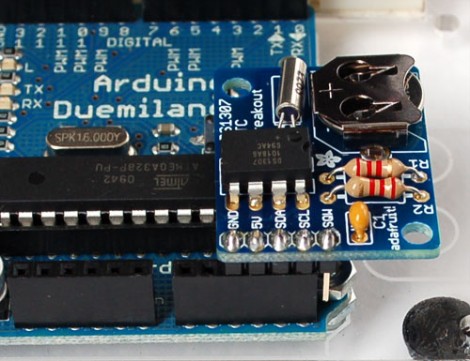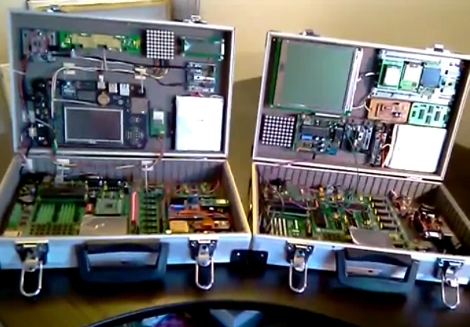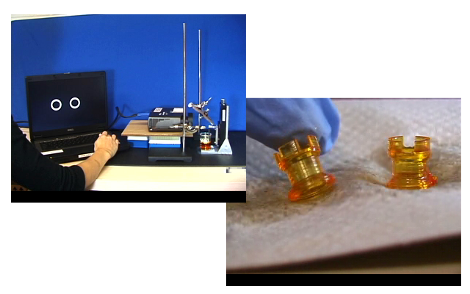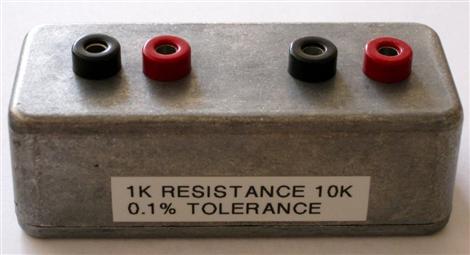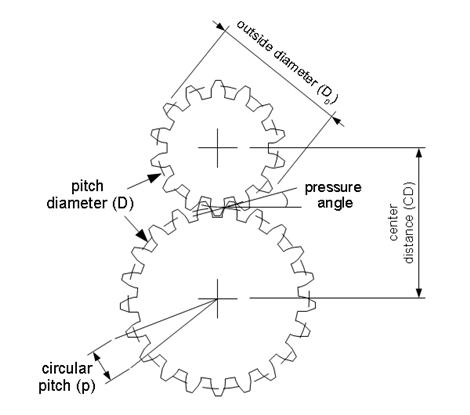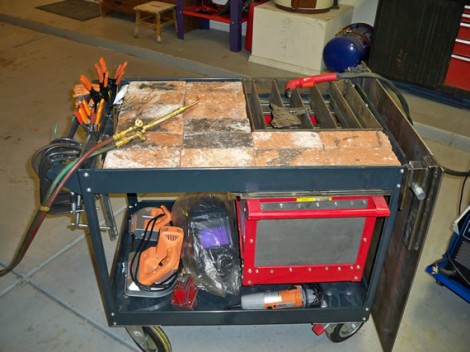
[Todd Harrison] put together a welding cart that has all kinds of tricks built-in. The carcass is a cheap rolling cart that has been reinforced with steel plate and beefier wheels. The top tray can be loaded up with fire brick for oxygen-acetylene welding or with a grate for cutting. That grate lets the slag fall through and into the red-rimmed fire-box below. Finally, there’s a steel plate to the right of the cart that rotates and slides over the top of the unit to prepare it for MIG welding. Todd walks us through his versatile invention in the video after the break. This will nicely augment your other welding hacks.

